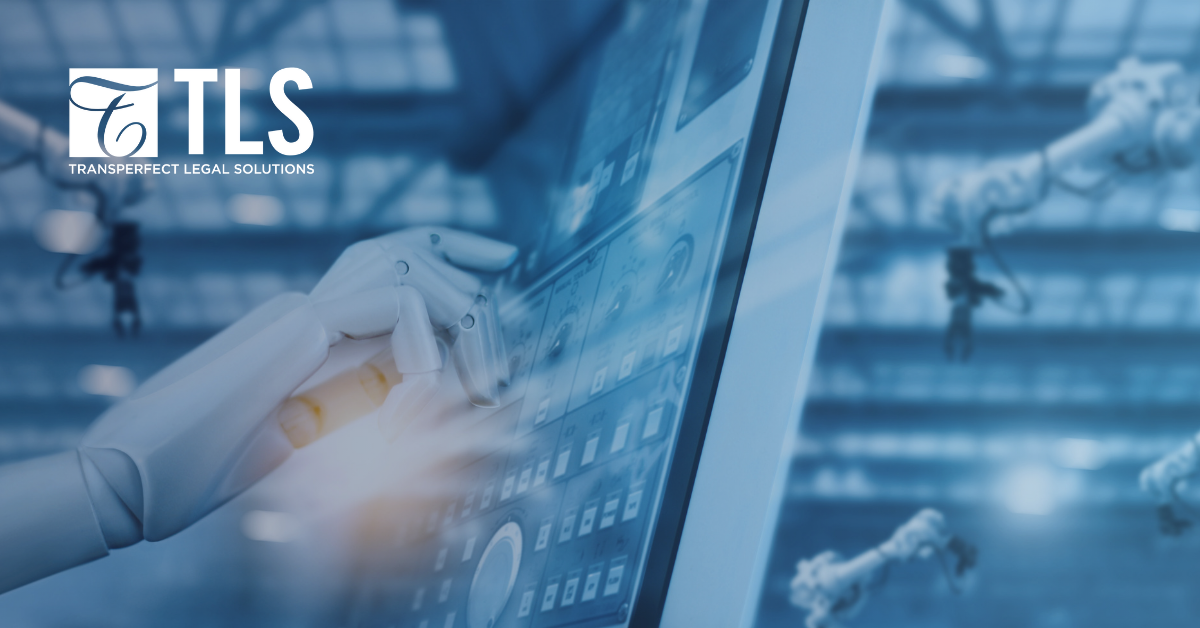How IP Departments Can Optimize Experts, Technology, and Workflows to Decrease Translation Costs
How IP Departments Can Optimize Experts, Technology, and Workflows to Decrease Translation Costs


With the effects of COVID-19 weakening revenue generation and economic growth, businesses face the challenge of developing cost-cutting programs in order to survive now and in the years to come. IP and R&D departments play an important role in driving innovation, which will continue to be imperative to overcome the demands of a pandemic and in the years to come. Rather than resort to a decrease in filings to reduce spend, they must find alternative ways to cut costs.
Translation fees can make up as much as 70% of filing costs;[i] therefore, optimizing translations, as well as the translation process, offers significant savings for IP departments. Using artificial intelligence (AI) to optimize the translation process can help to significantly decrease translation costs.
AI has become practically synonymous with optimization, which may make it seem the obvious answer to cost cuts. But when it comes to trusting AI’s role in reducing costs, it may not seem so evident. For IP departments, optimizing AI in the translation process requires the right implementation of expertise, advanced technology, and efficient workflows in order to reduce spend.
Here are three strategies that IP departments should implement to reduce translation costs:
Choose Proven Expertise – Certified Patent Linguists
Translation providers with certified patent linguists ensure that you are obtaining the highest quality translation. ISO 9001:2015 and ISO 17100:2015 certifications are benchmarks to look for when selecting a provider, ensuring expertise and confirming the highest standard for translation will be maintained. In addition, an ISO 18587 certification shows that the vendor adheres to the highest standard when performing AI-enabled translation services. When trained in AI translation technology, patent linguists strengthen an AI translation by confirming quality and streamlining the translation workflow.
Specialized patent linguists partnered with an AI translation workflow can reduce spend for IP departments by up to 30%. IP-trained AI engines are able to generate draft translations to significantly cut turnaround times. Automation makes the process less labor intensive, and with less time and resources needed to deliver a high-quality translation as well as the ability to reference previously translated content, IP departments are able to cut their overall translation costs across the entire filings process.
Use Advanced Technology to Leverage AI
The level of cost savings available by leveraging Translation Memory will depend on the number of previously translated applications associated with the same patent family as well as the volume and length of the applications. By leveraging AI-powered Translation Memory, IP departments avoid paying for the same translations twice. Previous translations are stored on a sentence-level basis, which provides consistency and further cost cutting. If a previously translated application contains the same text as a new one, advanced technology will match those text segments so that previous translations can be applied. This is something that should be taken into consideration when drafting applications and selection a vendor. By centralizing translations through one provider, IP departments can maximize their potential TM savings. The more consistently applications are drafted, and the larger the volumes of IP content that is being translated, the greater the number of previous translations that can be leveraged. An additional benefit of centralizing IP translations with one vendor is the ability to standardize the use of technology within your translation workflow.
Implement Efficient Workflows and Minimize Administrative Burdens
We have found that approximately 20% of foreign patent filing costs are related to managing the translation workflow process. Coordinating the filing process for EP validation or PCT filings through a patent agent can mean forfeiting or losing insight into Translation Memory savings. On the other hand, requesting translations directly from a language provider has historically increased administrative burdens, requiring coordination between the LSP and outside counsel. Therefore, select a vendor that can provide a streamlined, secure, and transparent patent management process through integrated technology. This decreases internal administration time and also eliminates the hours billed by an agent to coordinate. By leveraging technology, you can reduce time management by 50% while also adding an extra layer of security and transparency into the process. Instead of manually managing spreadsheets, following up on communications, and performing other tracking-related activities, a centralized dashboard will set timeline expectations and delivery dates, provide high-level overviews, deliver status and cost reports, and offer application details in a timely and secure manner.
In conclusion, AI is revolutionizing the translations industry, and IP departments will continue to reap the benefits of AI’s ability to provide time and cost-saving solutions. The key to AI optimization and savings for IP departments is to centralize the patent management process. When selecting a vendor, choose a provider who has proven expertise, the ability to implement and optimize AI throughout the translation process, and workflows that reduce internal burdens and streamline filing process.